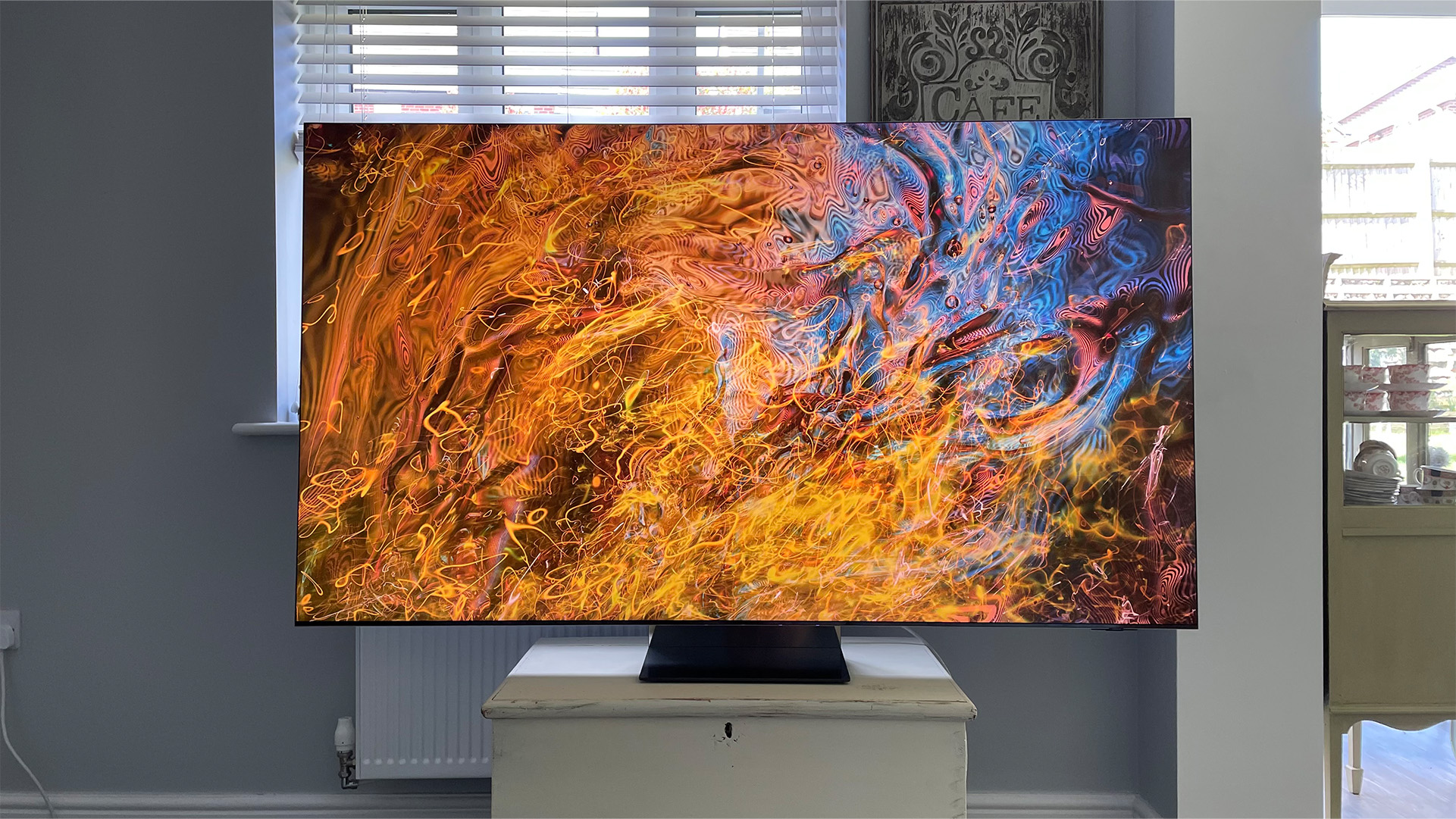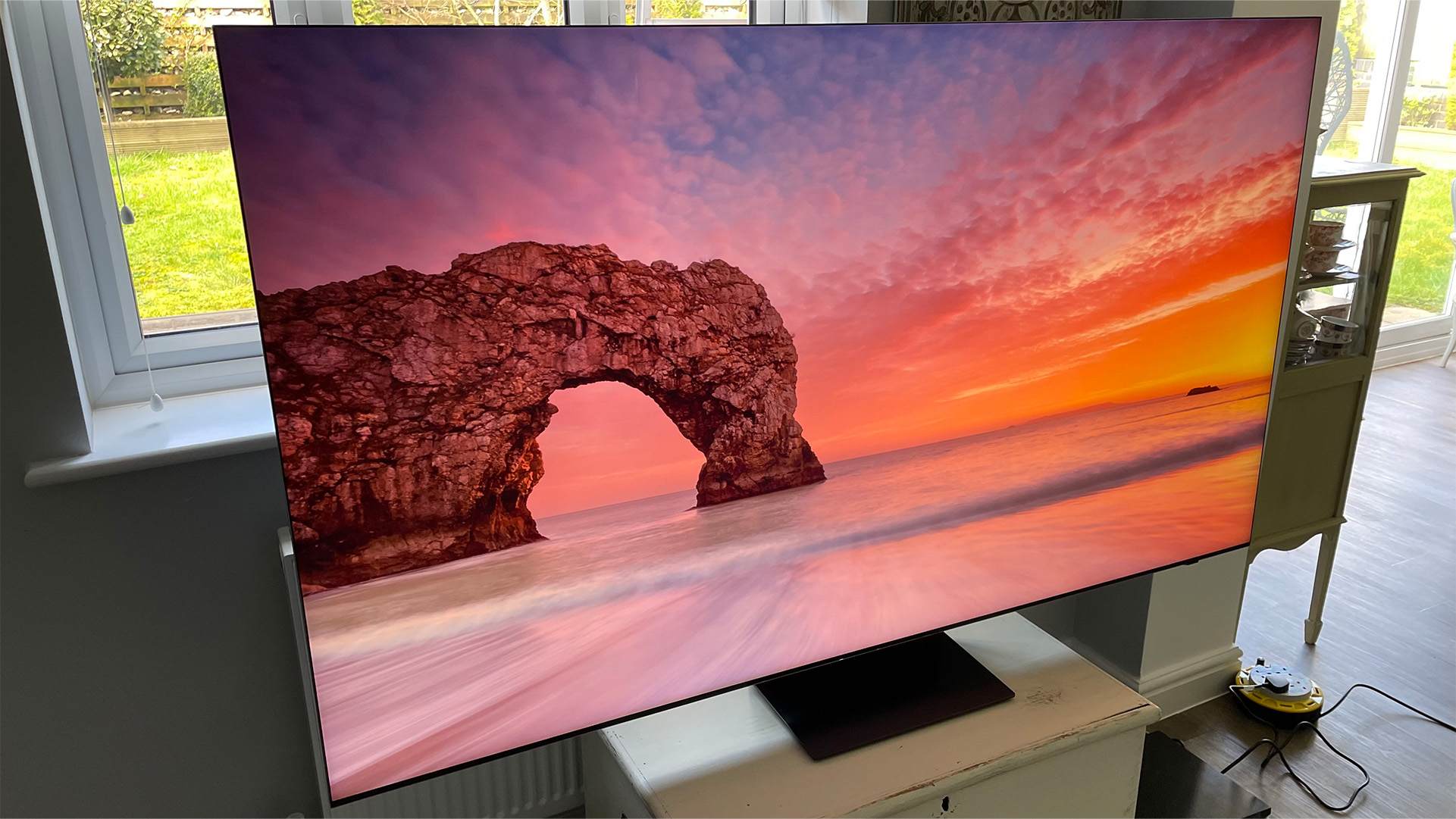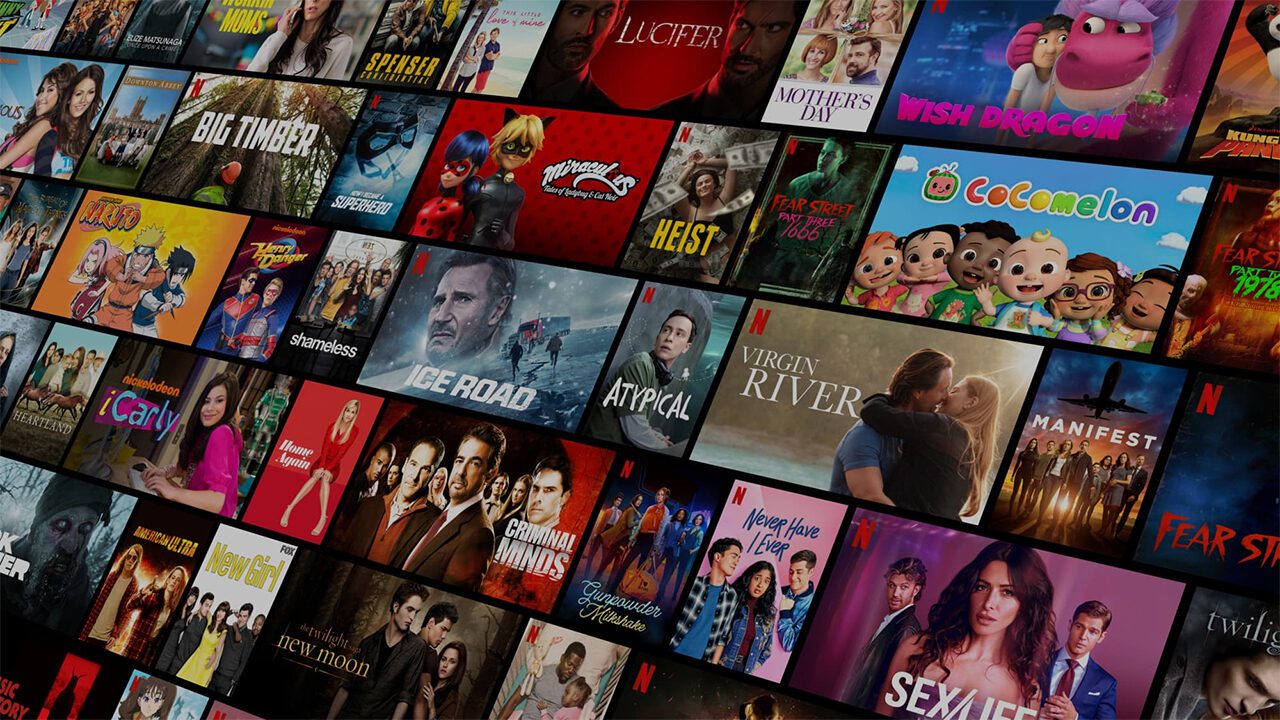Is there any point in buying an 8K TV when there’s no 8K content?
The new Samsung QN900D makes a compelling case that there is

“Is there any point in buying an 8K TV?” is a question that I’m asked very regularly. And with very good reason: we’ve been reviewing 8K TVs since 2018 (the first was the 85-inch Samsung Q900R, if you're interested) and yet, seven years on, there’s still essentially no native 8K content available.
Sure, you can watch some lovely 8K demo content on YouTube (though watch out for the videos that play in 8K but are really just upscaled 4K), and there’s a dedicated 8K TV channel in Japan, but that aside, there’s essentially nothing to watch in native 8K. What's more, there is still no sign of a current or new streaming service going 8K, nor any hint of an 8K disc format ever appearing. While the worthwhile introduction of 8K one day seems inevitable, it barely seems closer now than it did in 2018.
So, is there any point in buying an 8K TV now? Very many people say ‘no’, including some of my colleagues here at What Hi-Fi?. TV and AV staff writer Lewis Empson says that he has no interest until proper 8K streams or discs materialise, and our esteemed Editor in Chief, Alastair Stevenson, hones in on that same issue as well as a couple more (including a lack of David Attenborough) as barriers to him going 8K.
My personal take on all of this is a little less definite. I’ve flip-flopped slightly in my opinion on 8K over the years since that first review, which I was involved in, but the new Samsung QN900D, which we reviewed earlier this week, is comfortably the strongest case yet for buying an 8K TV in a non-8K world. Does that mean I would buy it? Probably not, but let’s come back to that.
It might not be true 8K, but it is better 4K

Samsung knows that the way to convince people to buy an 8K TV when there’s no 8K content of note is by making everything they watch now look better than before. That's why it has been so focused on upscaling.
Upscaling is simply the process of converting a lower-resolution signal so that it's displayed correctly on the native resolution of the display. If you have got a 4K TV and watch a 576p DVD or broadcast TV show, or a 1080p stream or Blu-ray, it is being upscaled, either by the TV or the source device (the Blu-ray player or Sky box, for example).
But, really, there’s nothing ‘simple’ about upscaling. It’s a hugely complex process that is working exceptionally well if it doesn’t make the source material look worse than it did originally. At this stage in the 4K lifecycle, we’re spoiled by the quality of upscaling and expect sub-4K content to look at least as good on our 4K TVs as it did when displayed natively.
The latest hi-fi, home cinema and tech news, reviews, buying advice and deals, direct to your inbox.
But because there is no native 8K content of note available, simply making 4K look like 4K isn’t good enough for an 8K TV – it needs to look better.
In fairness, Samsung’s 8K TVs, even the old Q900R, have always done an impressive job of making 4K look better than 4K, but the new QN900D takes that to a new, ‘mystically impressive’ level. Here’s what we said in the QN900D review:
‘As well as being one heck of a satisfying party trick in its own right that delivers the most detailed, sharp-looking pictures we’ve seen on a TV, this unprecedented level of 8K upscaling performance also makes a clear-cut case for 8K being not only a worthy part of the AV landscape despite the lack of 8K content, but a feature genuinely capable of delivering a ‘next-gen’ experience.’
Throughout the exhaustive testing process, all of the 4K video and gaming content we put through the QN900D looked significantly sharper and more detailed than on any 4K TV we’ve tested, and the TV’s only real rival, the LG Z3 OLED, can’t hold a candle to it in this regard.
Of course, this isn’t ‘real’ sharpness or detail. The TV is adding to the source material, and for some people that’s simply not cricket. I understand that argument entirely, but I think many of those people would be convinced if they saw a properly sorted QN900D in action.
Samsung has always been very aggressive on the pricing of its 8K TVs, too, and while the 75-inch QN900D has launched at a decidedly hefty price of £6650 / $6299 / AU$8999, if it follows a similar pattern to its predecessors, and there’s no reason to think that it won’t, at this point next year it should be available for under £3500 / $4500 / AU4000. That’s still a chunk of change, of course, but arguably not a vast sum for such a large and advanced TV.
So why am I not putting my money where my mouth is?

So why am I not rushing out to buy the QN900D myself? There’s the high launch price, of course, but it’s fairly safe to say that I won’t buy one when it’s much cheaper, either. It has convinced me that having an 8K TV now can be worthwhile, but I’m waiting until that ‘mystically impressive’ upscaling is combined with the flawless contrast of OLED.
Merge the QN900D and the S95D QD-OLED together and you would have a potentially irresistible TV. I’m waiting for that or for another OLED brand to catch up with Samsung’s 8K upscaling nous – whichever comes first.
MORE:
Read the full Samsung QN900D review
And here's the Samsung S95D review
These are the best TVs you can buy right now
Tom Parsons has been writing about TV, AV and hi-fi products (not to mention plenty of other 'gadgets' and even cars) for over 15 years. He began his career as What Hi-Fi?'s Staff Writer and is now the TV and AV Editor. In between, he worked as Reviews Editor and then Deputy Editor at Stuff, and over the years has had his work featured in publications such as T3, The Telegraph and Louder. He's also appeared on BBC News, BBC World Service, BBC Radio 4 and Sky Swipe. In his spare time Tom is a runner and gamer.

